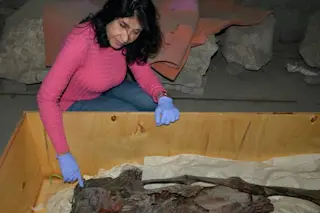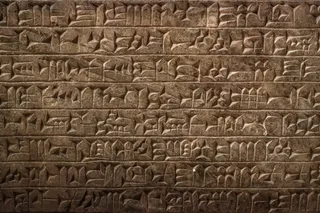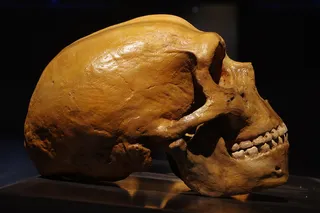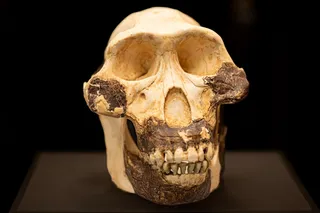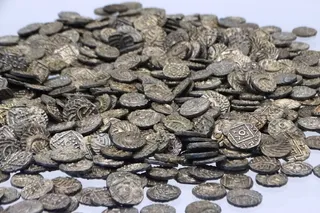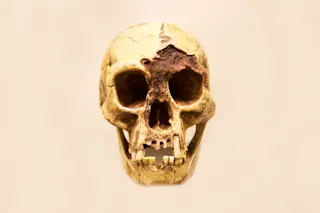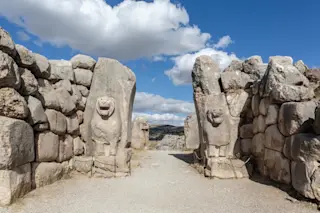In 1935, researchers discovered a mummy whose face was frozen in what appeared to be an eternal pain-filled rictus. Anthropologists have wondered for nearly a century why the mummy was buried with that frozen horrific expression.
According to a report in Frontiers in Medicine, experts have now ruled out some possible causes.
Co-author Sahar Saleem, a professor of radiology at Kasr Al Ainy Hospital of Cairo University, became an accidental expert on screaming mummies. “Initially, I did not seek to study screaming mummies,” she says.
Throughout 20 years of investigating two royal mummies with widely opened mouths as if screaming: Prince Pentawer (1185-1153 B.C.) and Princess Meritamen (1533-1525 B.C.) — as well as examining the “Screaming Woman” with CT scans and other imaging techniques — Saleem ruled out two theories for the woman's expression: poor embalming and a death by physical trauma.
Read More: The Eternal Mummy Princesses
(Credit: Sahar ...


